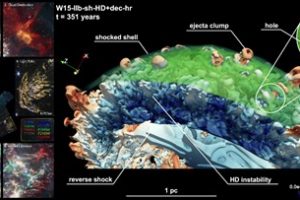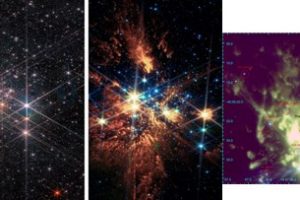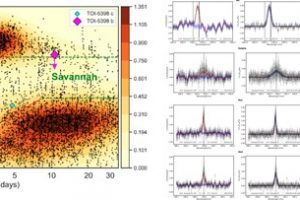Wd1-9: a recently formed Wolf Rayet star in Westerlund 1

The analysis of a long X-ray observation reveals the nature of the mysterious star Wd1-9: a binary system containing a star that has recently evolved into the Wolf-Rayet phase, after expelling the outer layers of its atmosphere, which were accreted onto the companion star. Among the at least one hundred billion stars hosted by our Galaxy, there are a
» Read more








